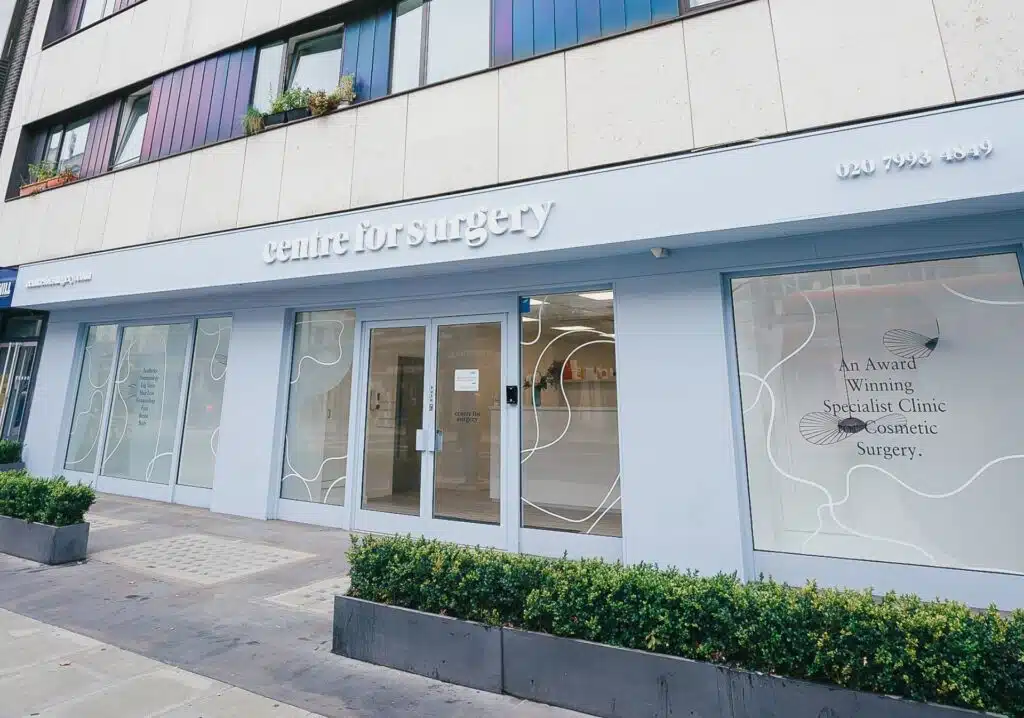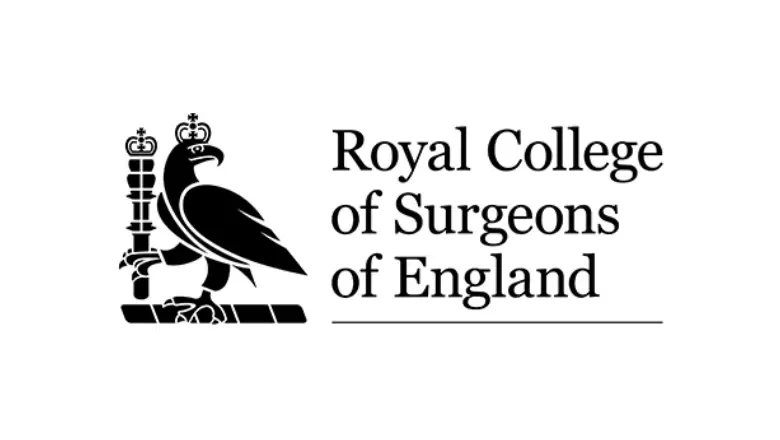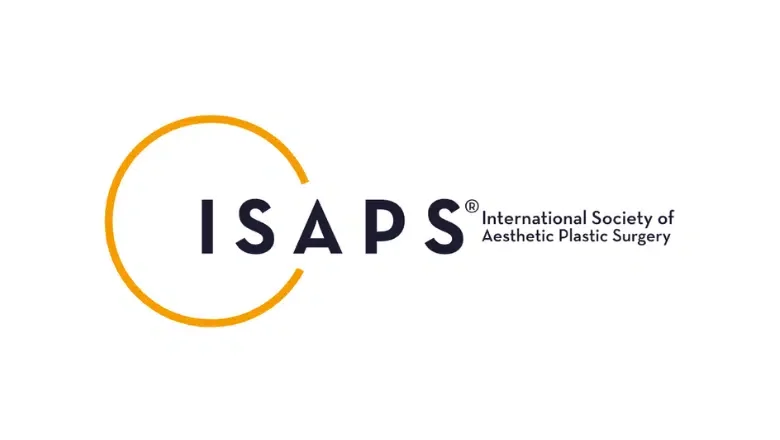Breast augmentation continues to be one of the most popular cosmetic surgery procedures in the UK with the numbers increasing year on year.
When deciding whether breast augmentation is worth it, there are a number of factors to think about and one of the most important is the type of incisions the surgeon will use to place breast implants. Here we discussed the four types of incisions that are used in breast augmentation surgery. When you have your consultation, your surgeon will be able to advise on the preferred breast augmentation incision to get the best results.
RELATED: Breast implant incisions and positioning
What are the four types of breast augmentation incisions?
The four surgical approaches for inserting breast implants:
- Inframammary fold located under the breast
- Periareolar incision – an incision that encircles the areola
- Trans-axillary – the incision is located in the armpit
- Transumbilical – inserted via the belly button or umbilicus
Inframammary fold approach
The inframammary incision is the most commonly used incision for breast augmentation surgery. Many surgeons prefer this incision as it is located away from the nipple and areola. Being away from the nipple and areola minimises the risk of bacterial contamination. Although the bacteria are not considered to be dangerous, they may contribute to an increased risk of capsular contracture. Capsular contracture involves the formation of dense scar tissue which may alter the shape of the implant and therefore require revision breast surgery.
This incision allows the surgeon to directly visualise the pectoralis muscle and precisely direct the placement of the implant either above or below the muscle. If revision surgery is required in the future, the inframammary incision is most commonly used. Therefore using this incision for the first procedure means there will be no extra scarring when revision surgery is needed. It is important to appreciate that breast implants do not last for an individual’s lifetime and it is therefore likely to require a revision breast procedure at some point in the future. Surgeons often prefer this incision as it allows more accurate creation of a breast pocket for optimum breast implant placement. The inframammary incision does not result in changes in nipple sensitivity and therefore no future impact on the ability to breastfeed.
Although the inframammary incision is the most commonly performed, it is important to bear in mind it does result in the formation of a visible scar. The visibility of the scar is often affected by the position you are in and is most noticeable when you are lying flat on your back.
Periareolar approach
The periareolar approach is also commonly used by many surgeons for breast enlargement. The size of the areola varies significantly between women and this can often have an impact on the choice of incision for breast surgery. Silicone breast implants require a minimum length of 4-5 cm to be safely placed breast implants whereas saline breast implants require a much shorter incision as they are often inserted in a deflated state before being inflated inside the chest.
Women with small areolas may not be able to accommodate an incision length of 5 cm for the placement of silicone breast implants. The best incision, in this case, would be either the inframammary incision or trans axillary approach. The periareolar incision is linked with a higher chance of developing capsular contracture. The appearance of the scar can often be well disguised as the incision is often made on the border between the areola and surrounding skin so any scar can be difficult to visualise.
RELATED: Areola Reduction
Women who have small nipples may not be suitable for the periareolar approach. Breastfeeding can also be affected as the incision often transects the milk ducts. Women may also notice changes in nipple sensitivity.
Trans-axillary approach
The armpit incision is less commonly chosen by many surgeons to perform breast augmentation and is not suitable if revision breast surgery is required. An incision length of approximately 5 cm is positioned in the armpit followed by the creation of a breast pocket using an endoscope.
The trans-axillary approach has a higher risk of causing implant malposition as the surgeon requires specialised instruments to access the lower part of the breast pocket.
This type of incision helps to avoid visible scars with the main incisions being hidden in the armpits. Incisions may be more visible when wearing certain types of clothing such as swimwear although in cold climates this is not an issue. Positioning the incision in the armpit result in some women noticing a reduction in sensitivity. The armpit incision for a breast augmentation cannot be used for corrective breast surgery.
Transumbilical approach
This is the least commonly used type of incision and it’s not used in the UK as the technique is used for the insertion of saline breast implants. Saline breast implants are very rarely used in the UK. The incision is made in the belly button with any scarring being well concealed. The surgeon creates a subcutaneous tunnel from the belly button incision to access the breasts. This incision is rarely used as the risk of implant malposition is significantly increased. Many women who have implants inserted with this method often require revision breast surgery to correct and implant malposition. Revision breast surgery is always carried out using an inframammary fold incision.
We do not recommend this incision because of the high risk of complications occurring.
Which breast augmentation incision is most commonly used at Centre for Surgery?
Here at Centre for Surgery, our surgeons almost exclusively use the inframammary fold incision for precise placement of silicone breast implants using a specialist breast funnel for a ‘non-touch’ technique.
If you have been considering breast augmentation in London, we would recommend discussing the breast augmentation incision options with your surgeon. To book a consultation, call us on 020 7993 4849 and speak to one of our patient coordinators. Alternatively, you can complete the contact form below.










